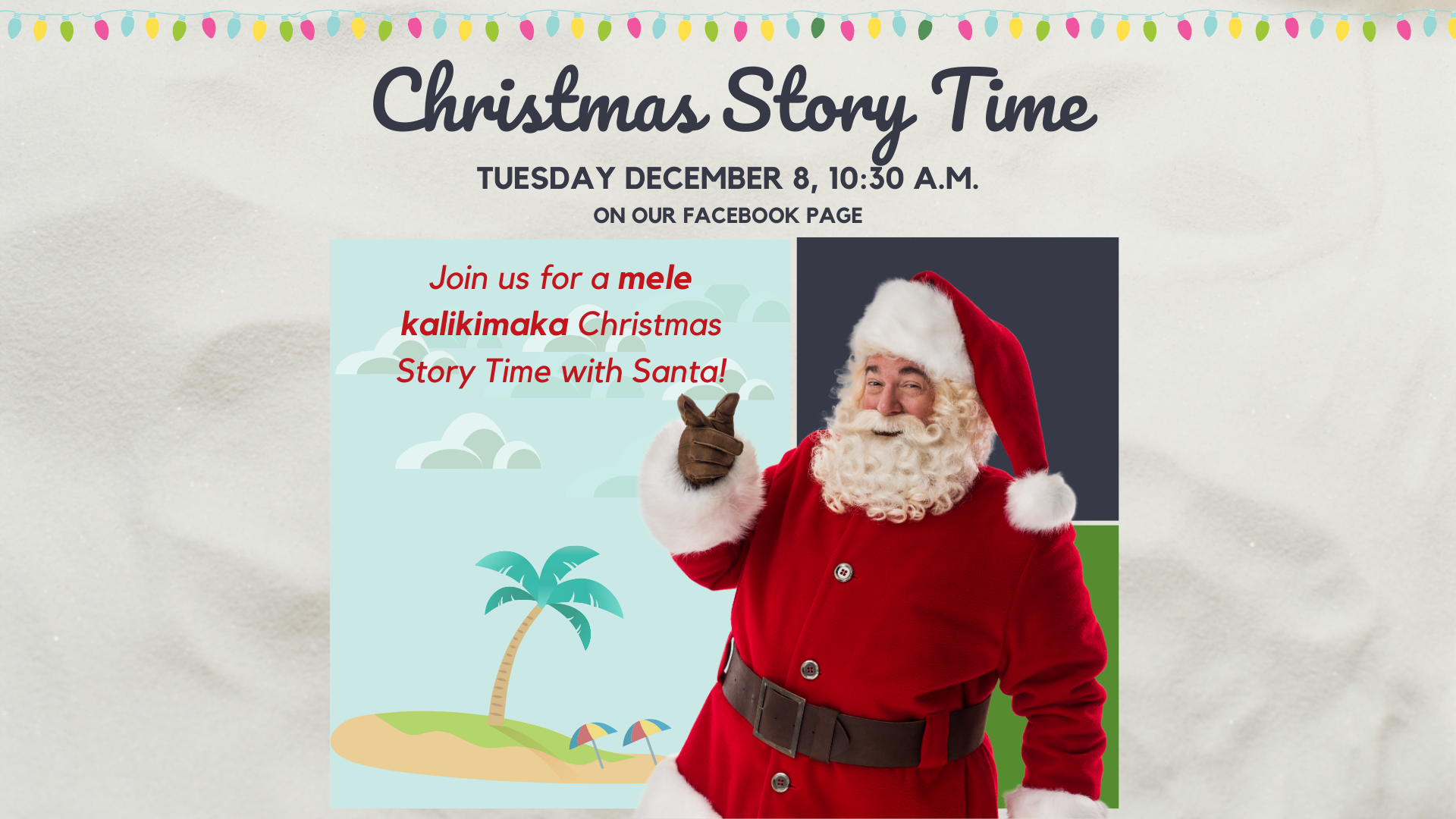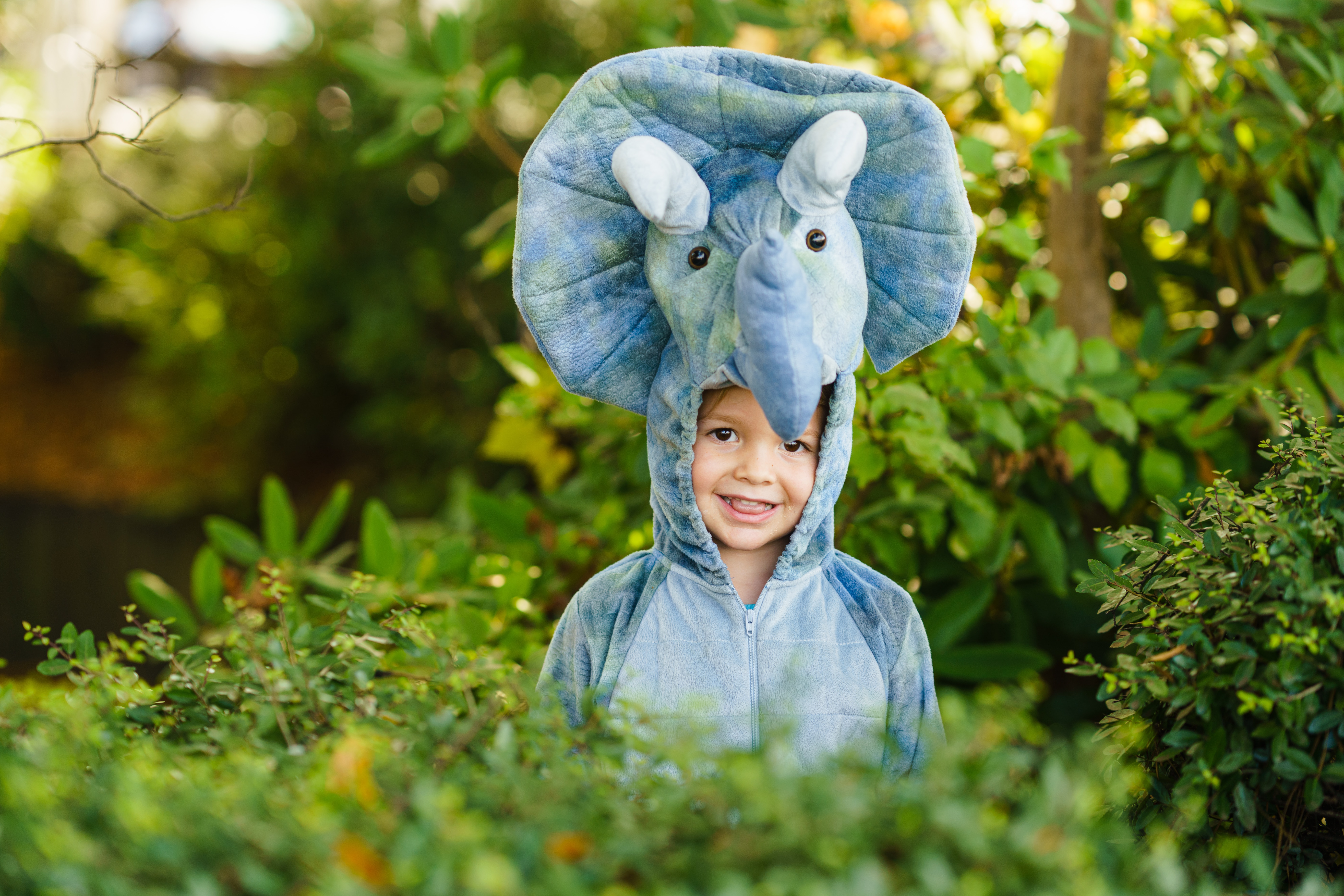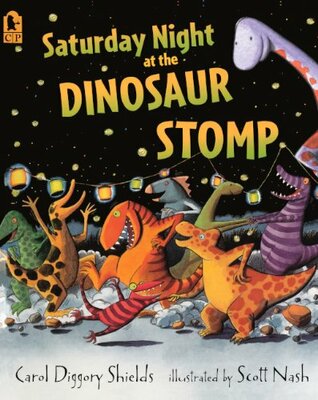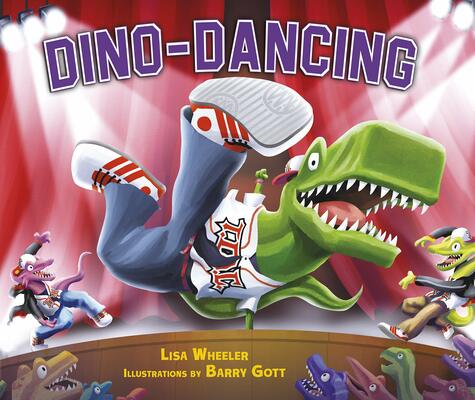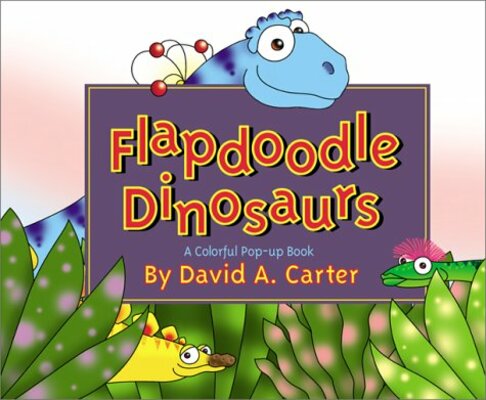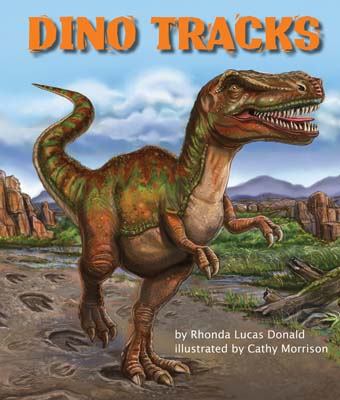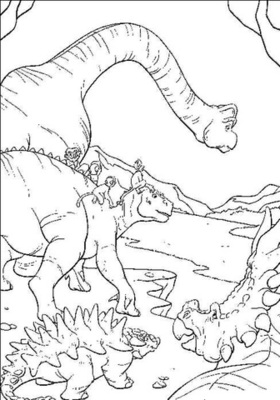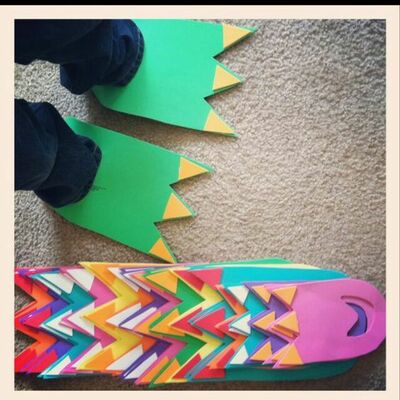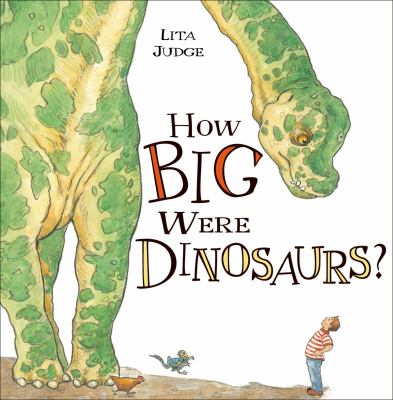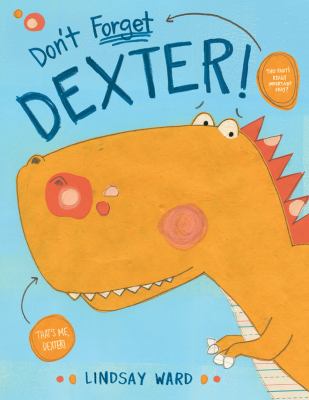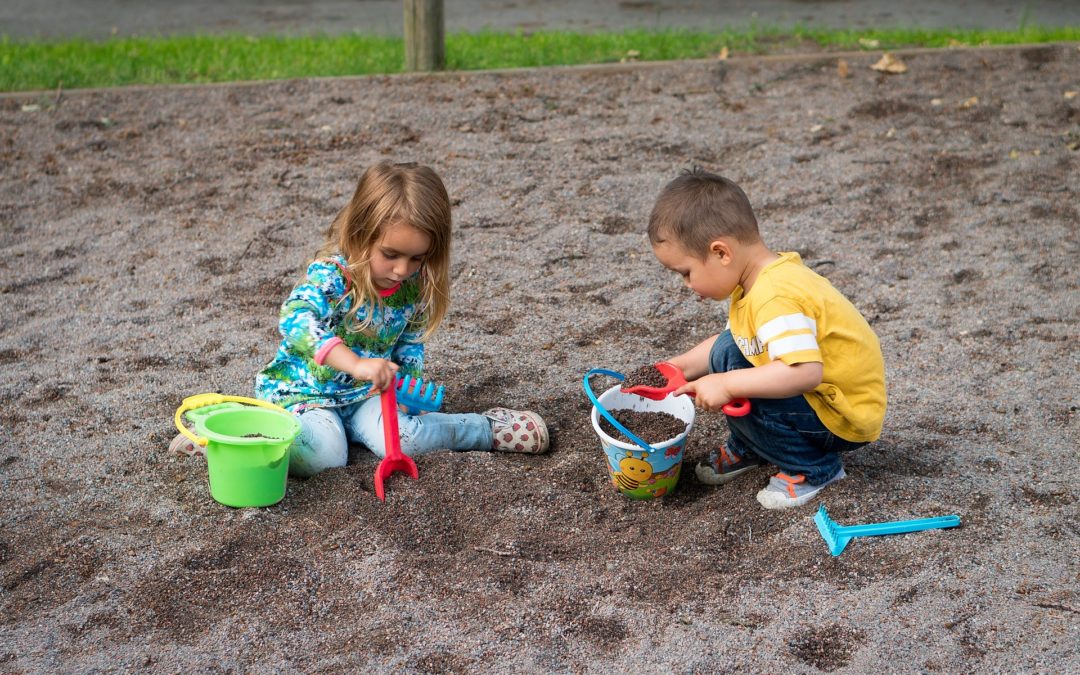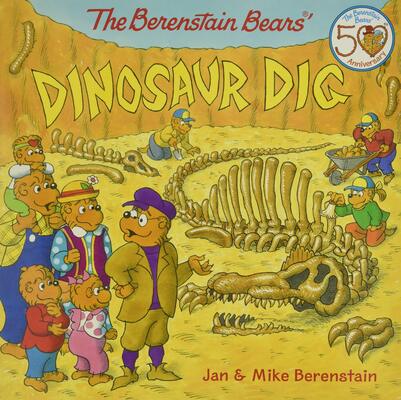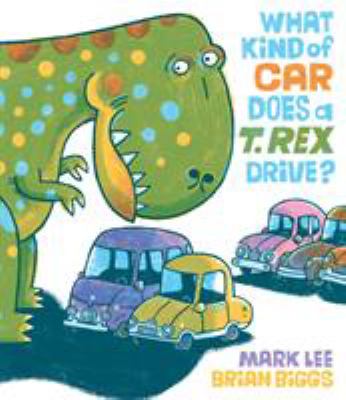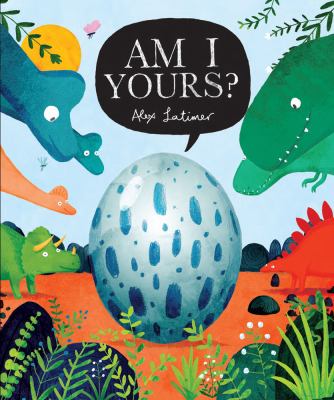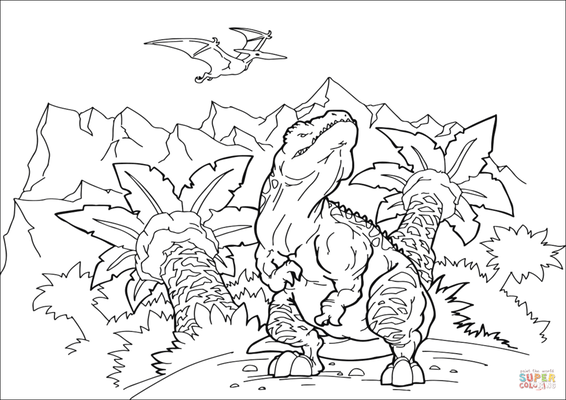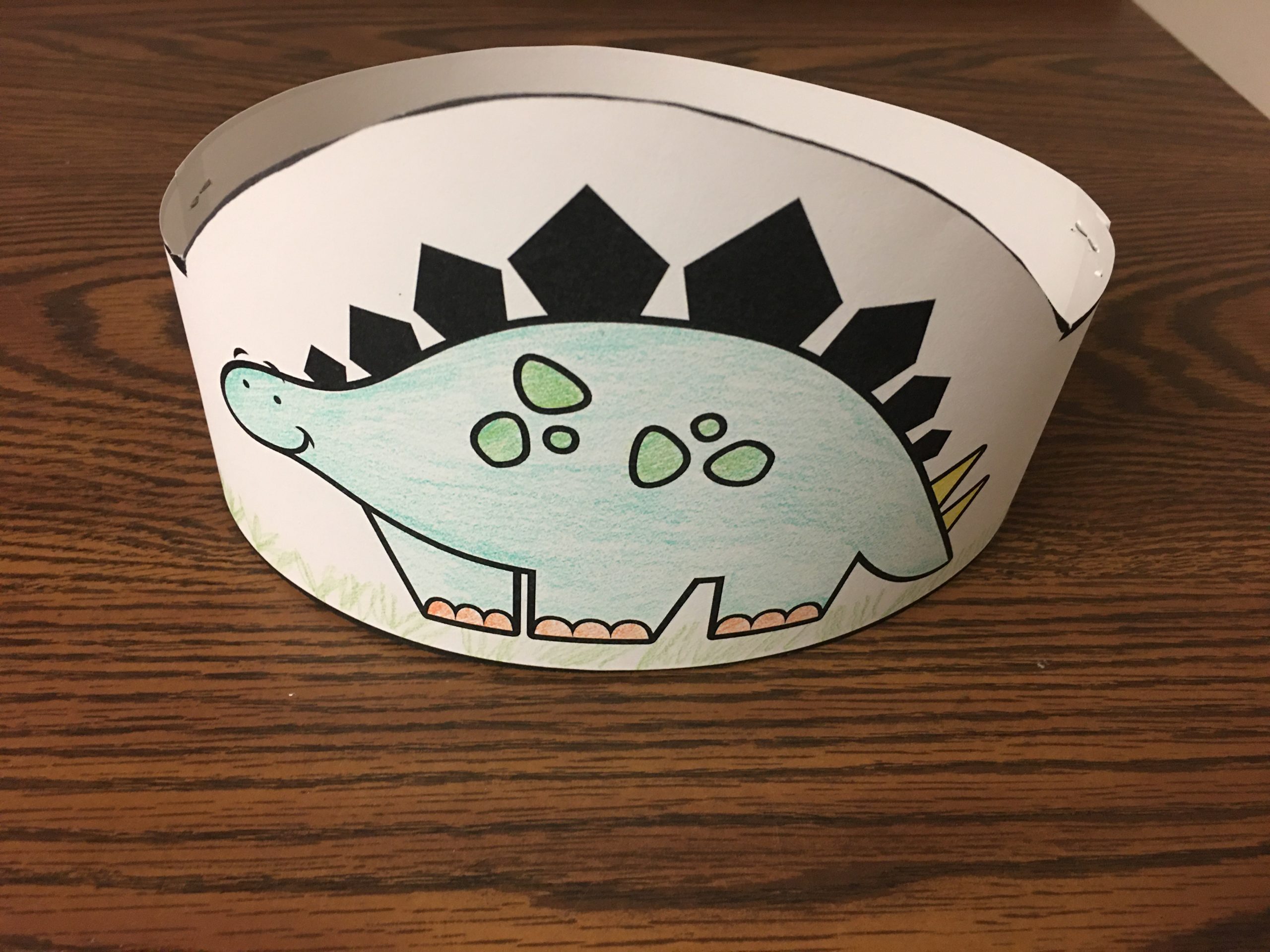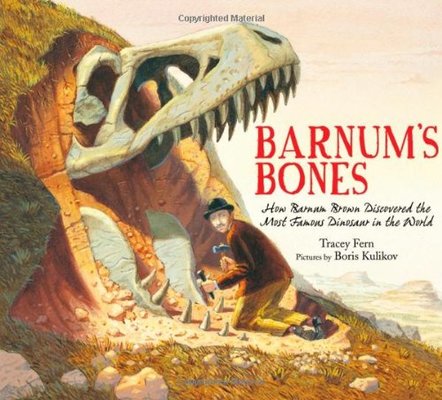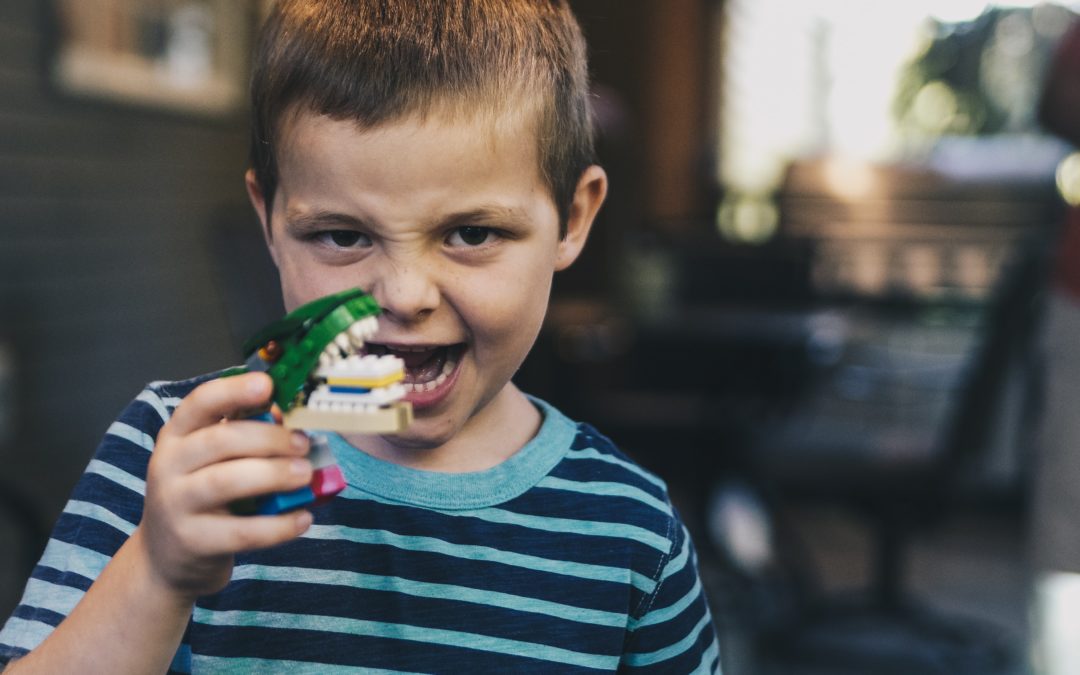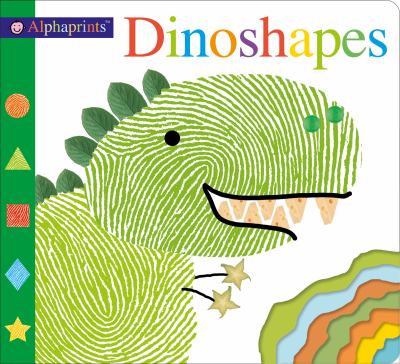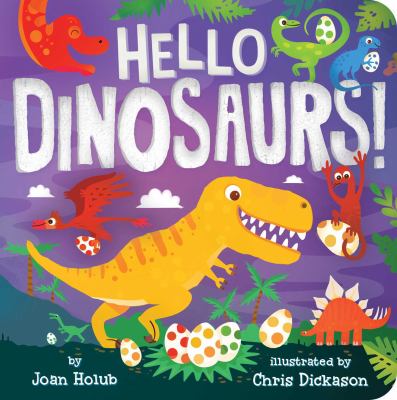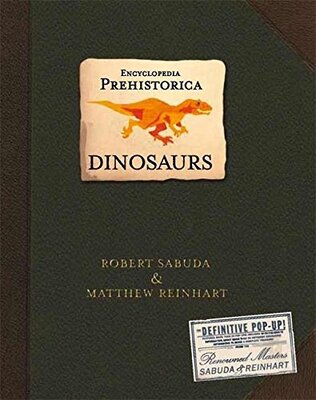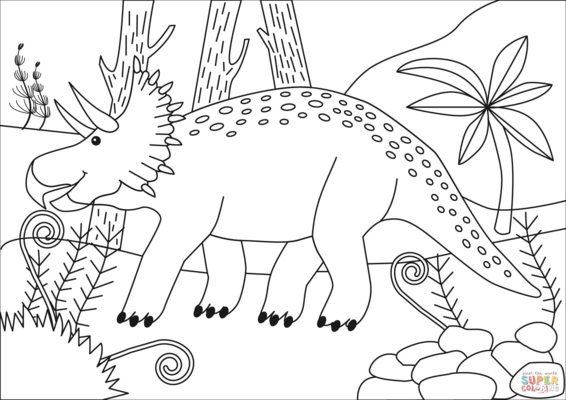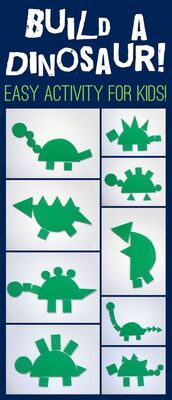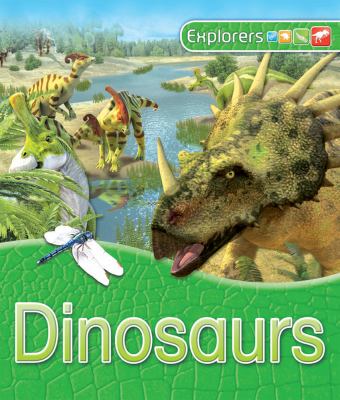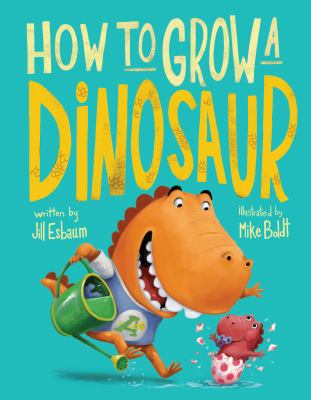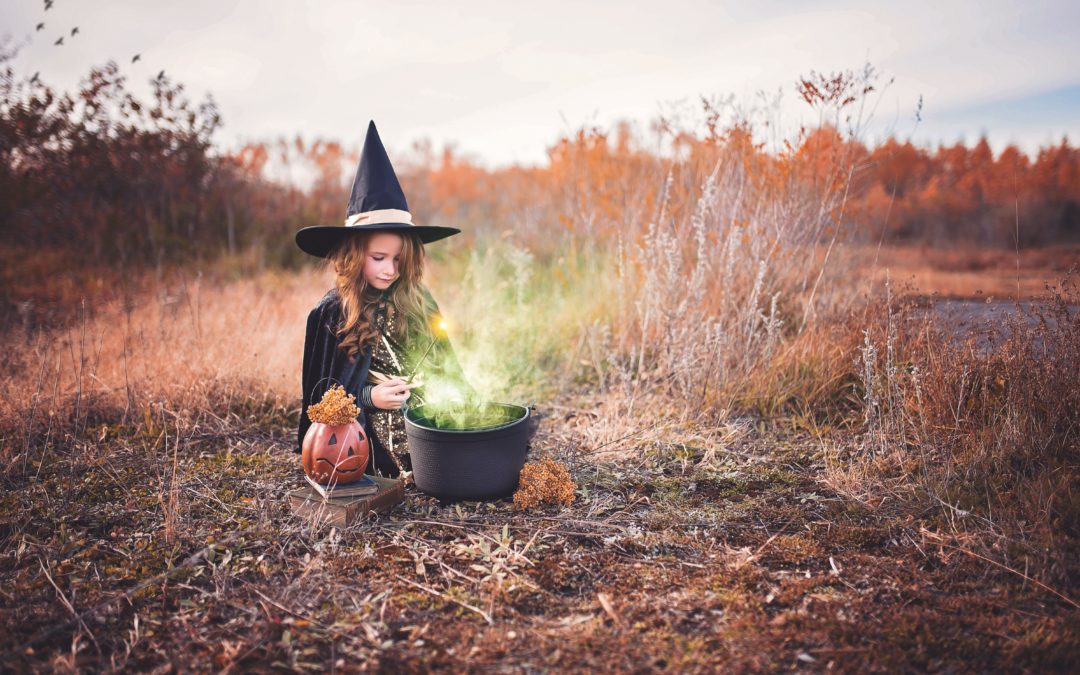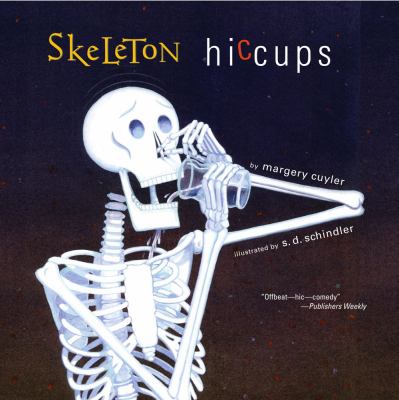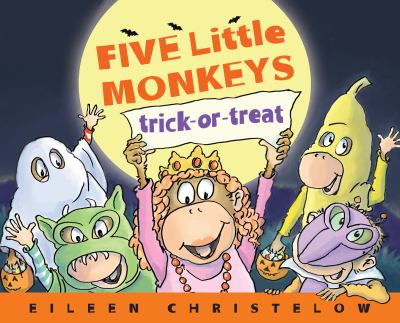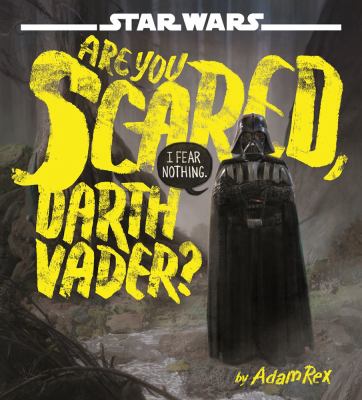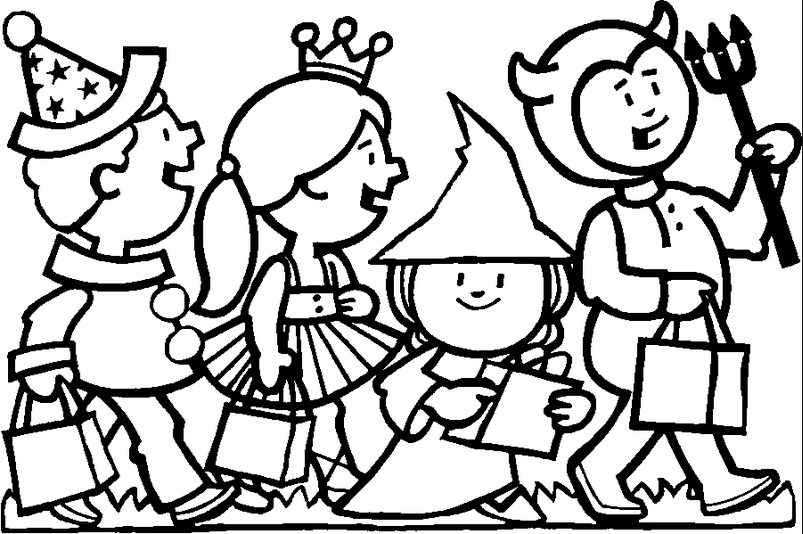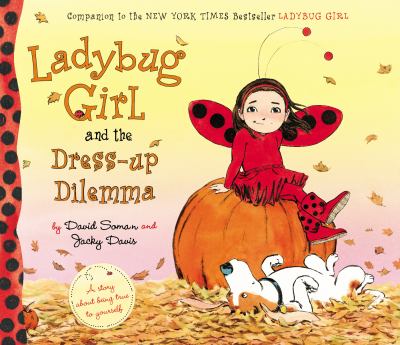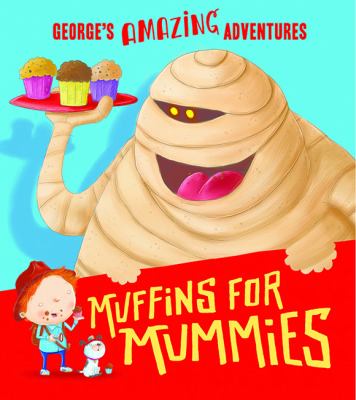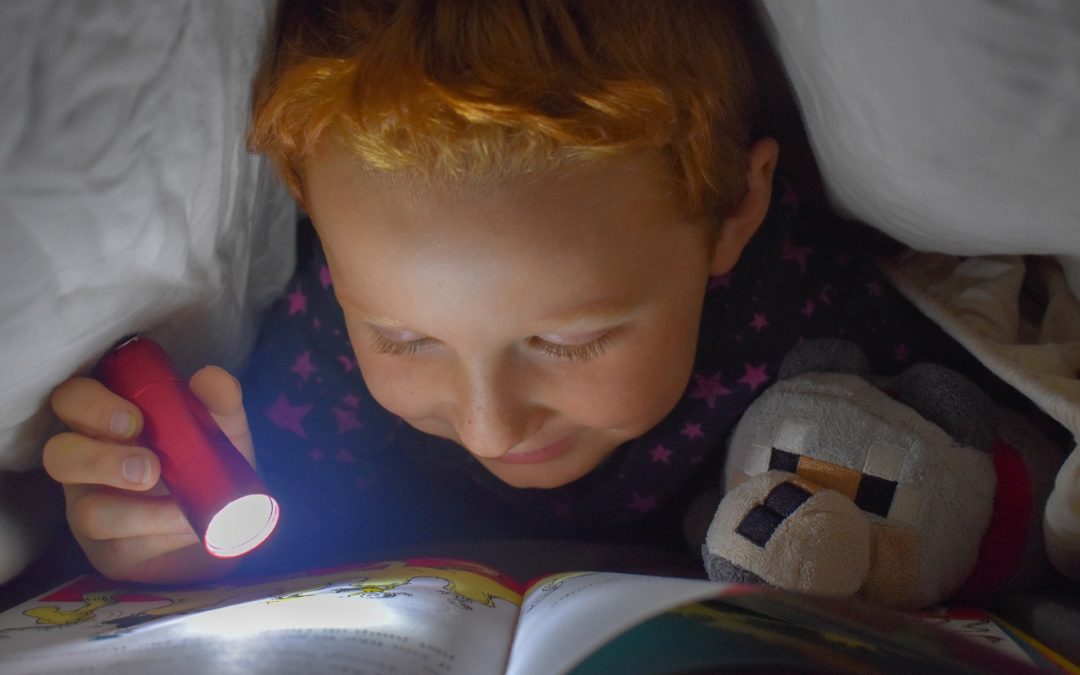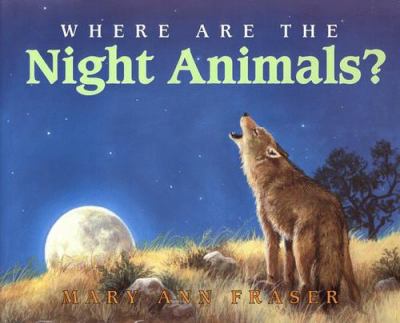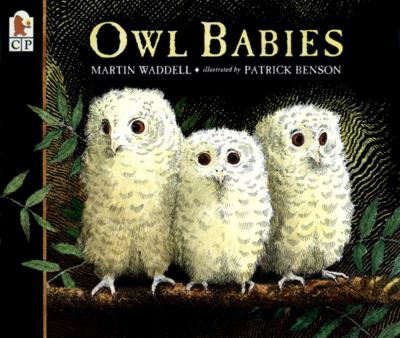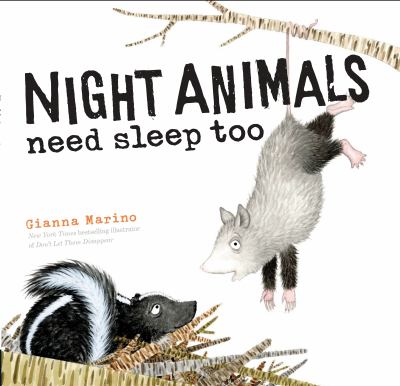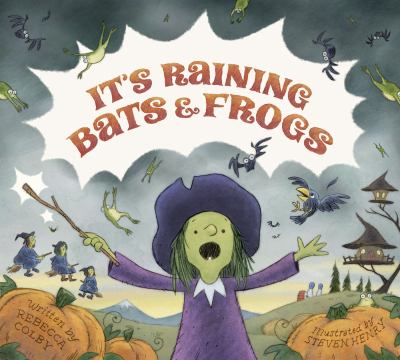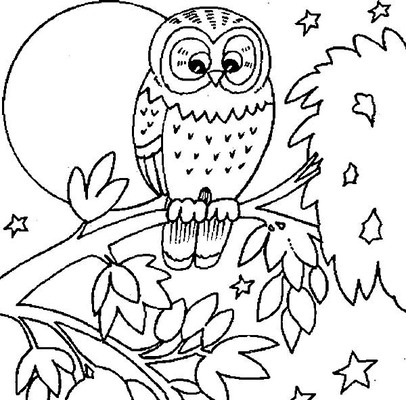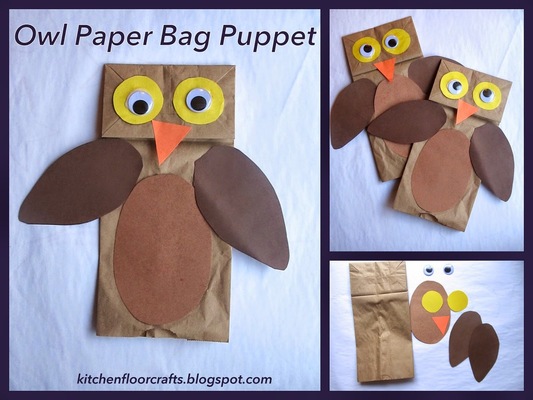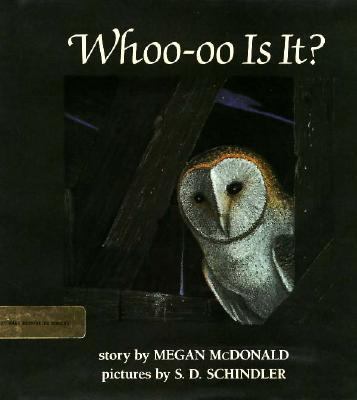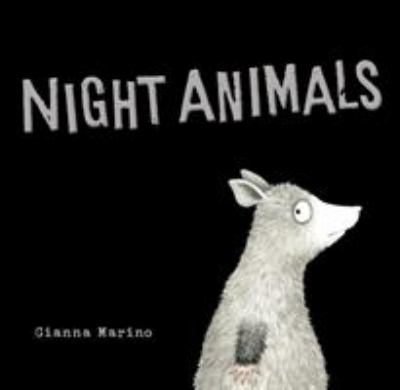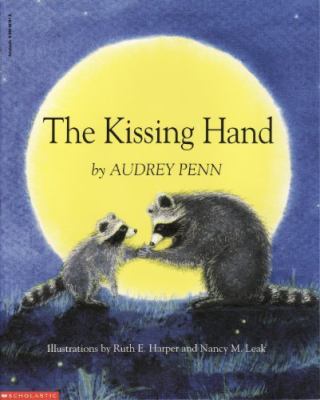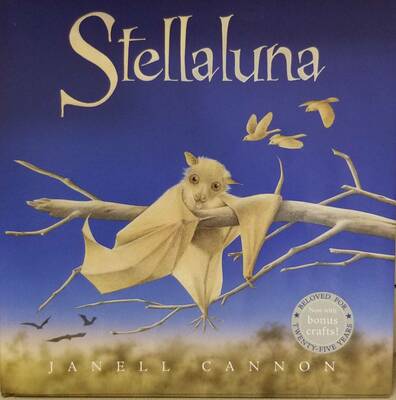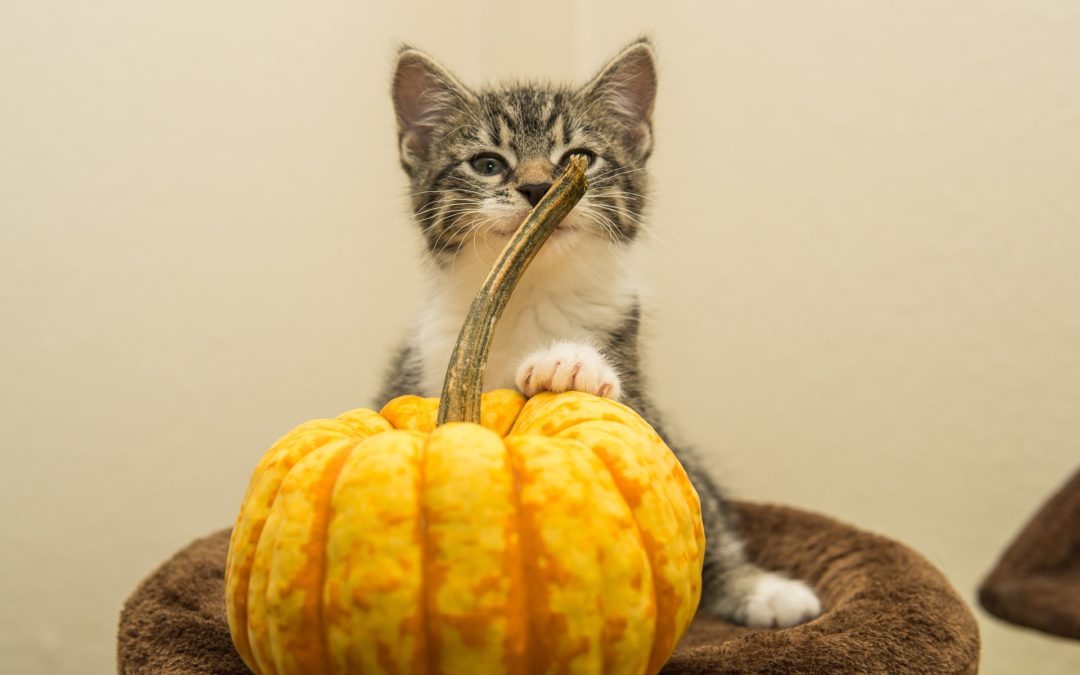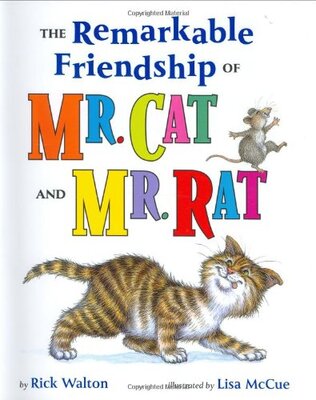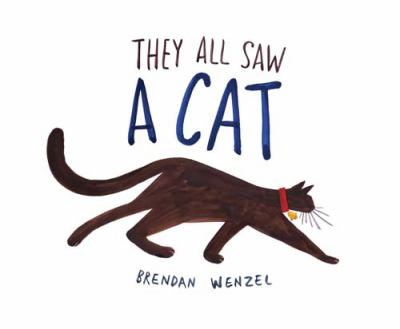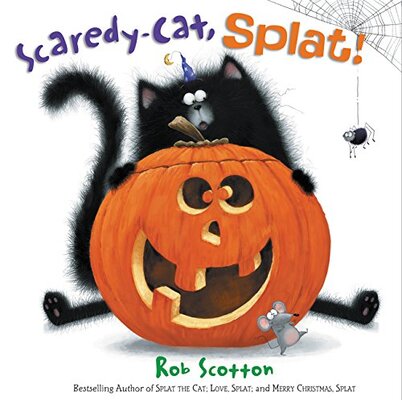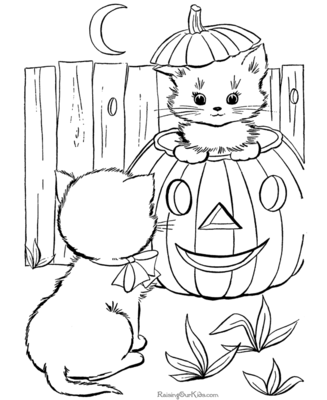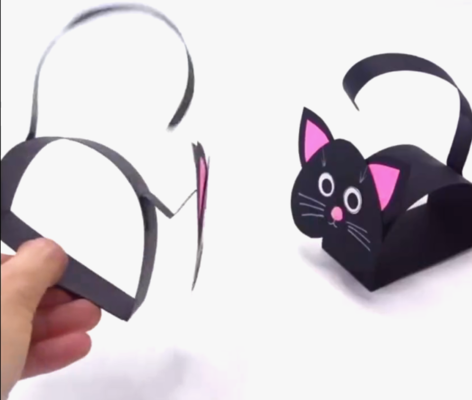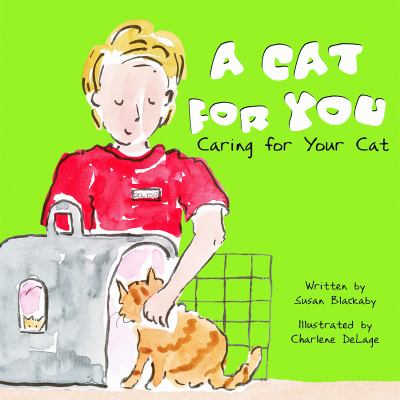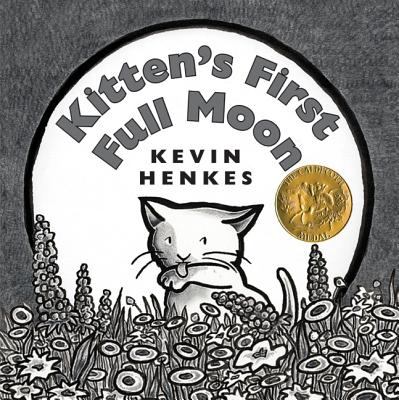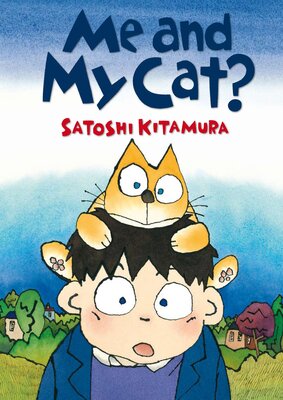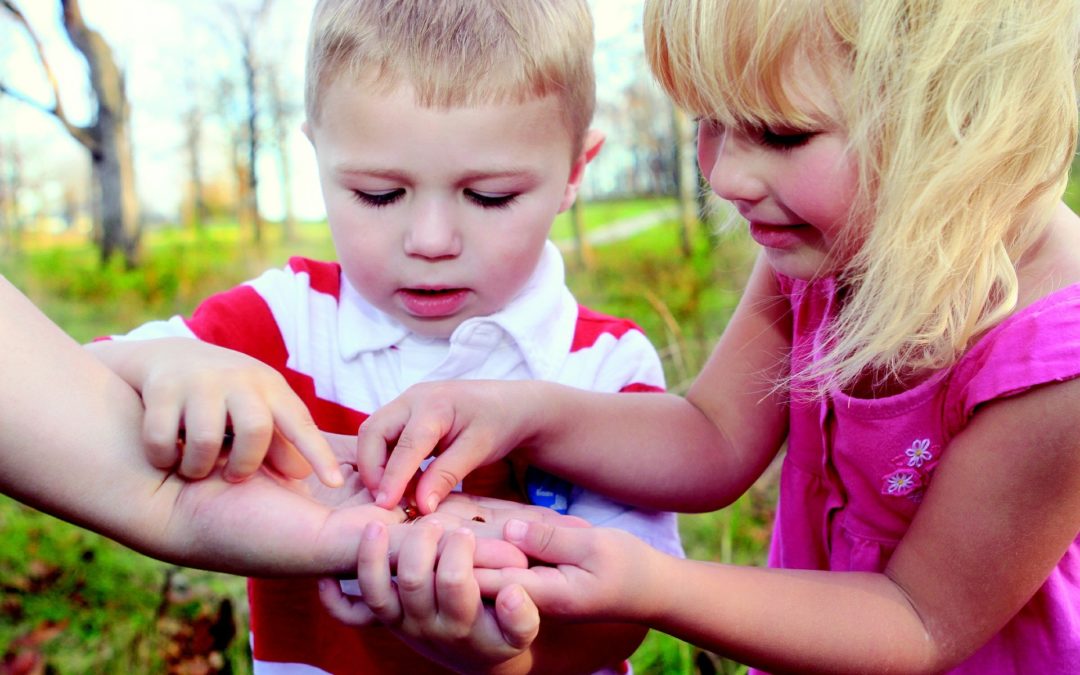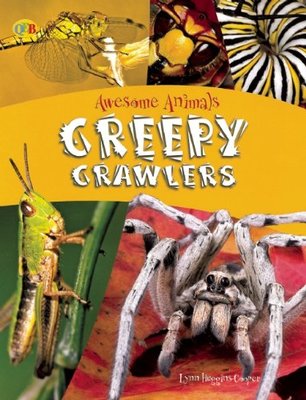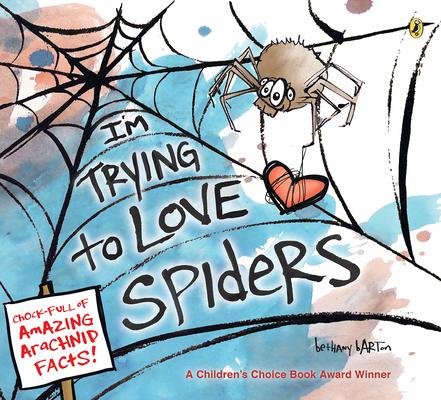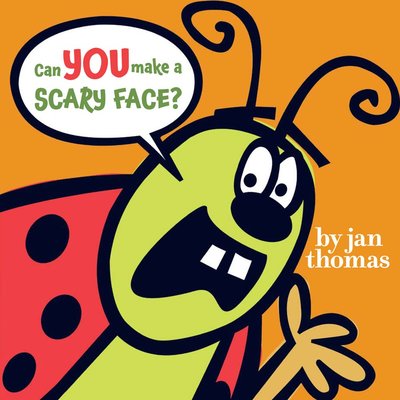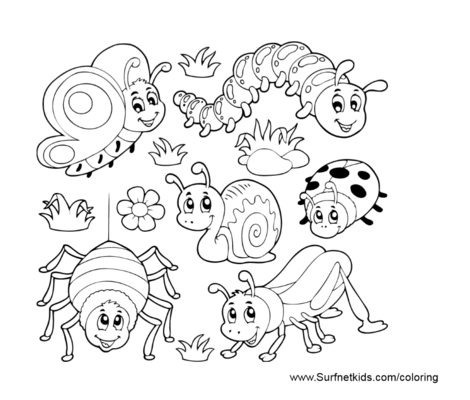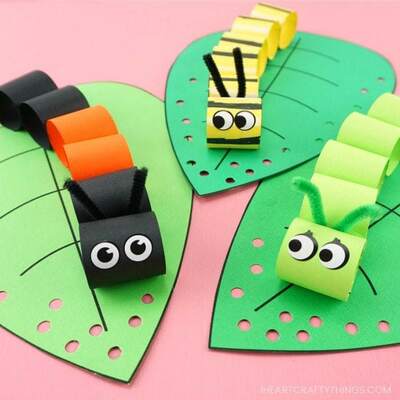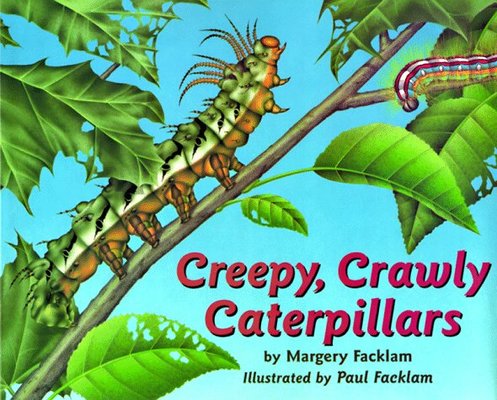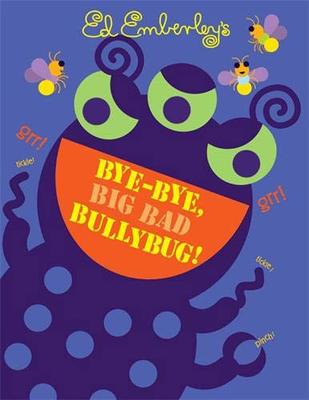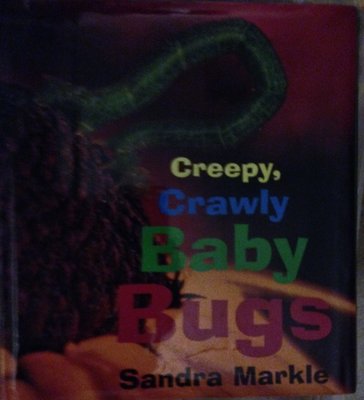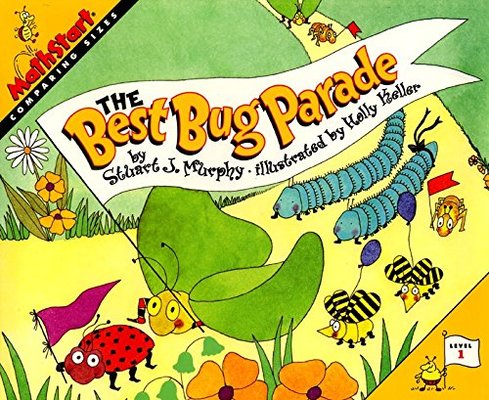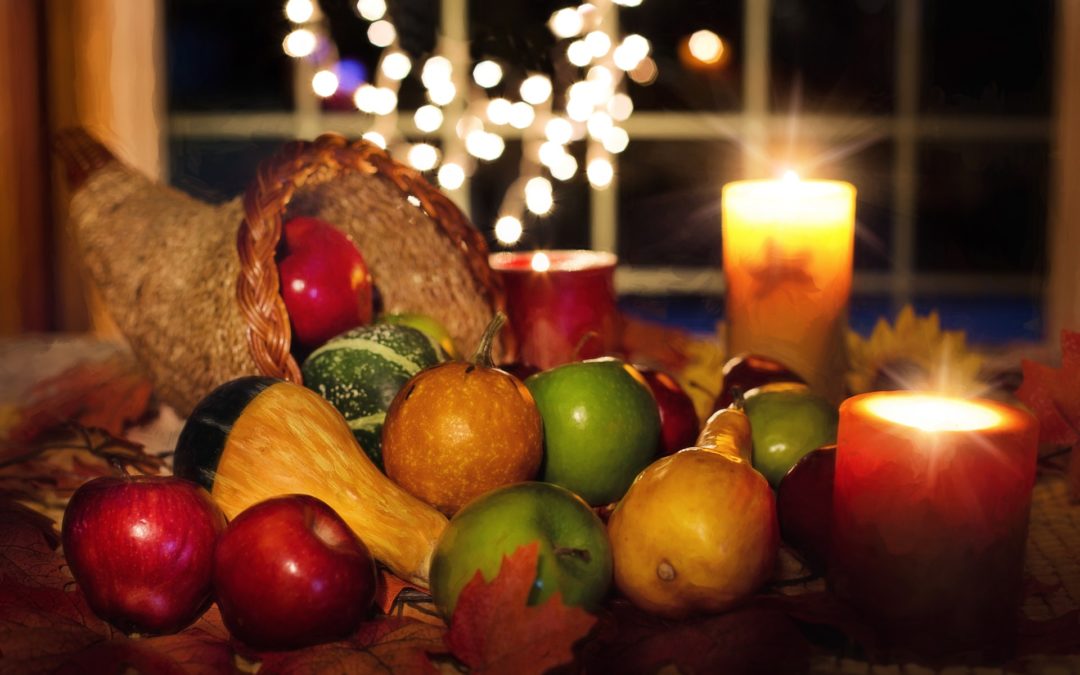
Story Time: Dino Dinner
Story Time: Dino Dinner
It’s a dinosaur dinner! What do you think a dinosaur would eat for Thanksgiving? Have fun making handprint dinosaurs and singing some of these songs as you enjoy the holiday. You can also practice shaping the letter “D” with any kind of dough such as play dough or even pie dough!
Join us live Tuesdays at 10:30 AM – Online on Facebook
Ages 2-5
Sing, Talk, Read, Write, Play
Tip
The holidays are a great time to talk with your child. Their senses are alert as they smell the cooking food and the crisp, Fall air, hear the the crunching leaves under their feet, feel the cool breeze on their nose, and see the world change from greens, to browns, and to white.
Activity
Using your senses this week, talk about what your child notices around them, and then share a memory of when you were a child that’s triggered by a sensory experience of your own.
Books Presented
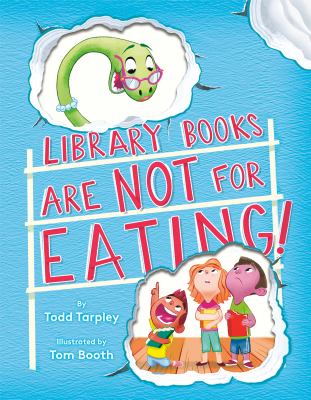
Library Books Are Not for Eating! by Todd Tarpley
Ms. Bronte loves being a teacher, but she has one small problem . . . she also really loves eating books. Did I mention she’s also a dinosaur?
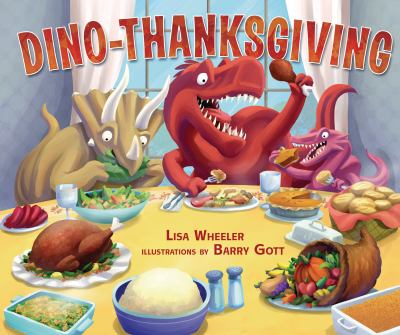
Dino Thanksgiving by Lisa Wheeler
The dinosaurs enjoy a variety of Thanksgiving Day activities, including preparing favorite recipes, playing touch football, telling stories, and eating together.
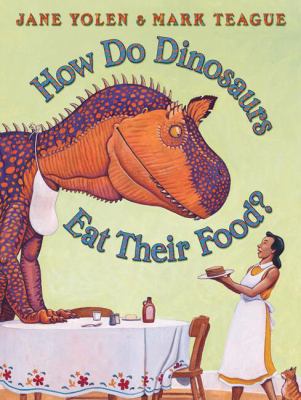
How Do Dinosaurs Eat Their Food? by Jane Yolen
Describes how a dinosaur eats, with no rude noises and while sitting very still.
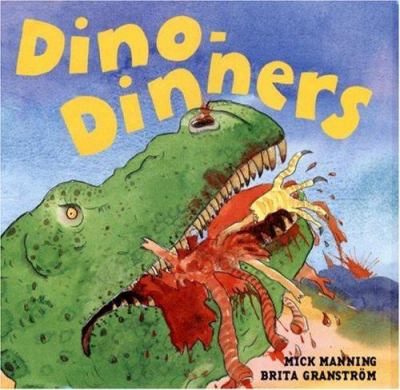
Dino-Dinners by Mick Manning
Find out what dinosaurs ate in prehistoric times.
Songs, Rhymes, and Fingerplays
If You’re Thankful and You Know It
If you’re thankful and you know it, clap your hands
If you’re thankful and you know it, clap your hands
If you’re thankful and you know it and you really want to show it
If you’re thankful and you know it, clap your hands
(stomp your feet, shout “hooray”, do all three)
– Storytimekatie.com
Dino Thanksgiving Day
Over the river, and through the wood,
The dinosaurs will go;
Stegosaurus, he leads the way through the white and drifted snow.
Over the river, and through the wood,
to the mountain far away!
We would not stop for triceratops,
for this is Thanksgiving Day.
Thanksgiving Pot
(Tune: Shaker Melody)
We put some ___________in the pot,
and stir, stir, stir till its hot.
I hope my dino likes this dish, cause this is my Thanksgiving wish.
Crafts and Activities
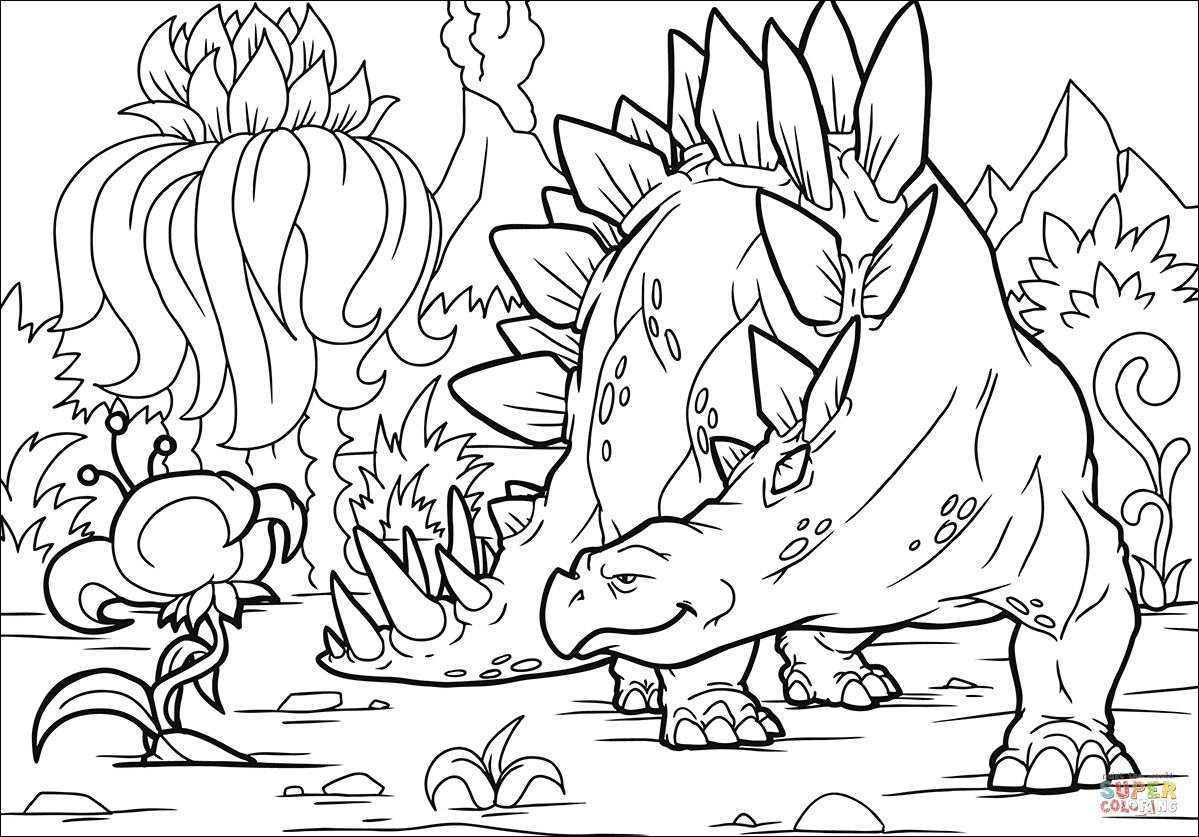
Coloring Page
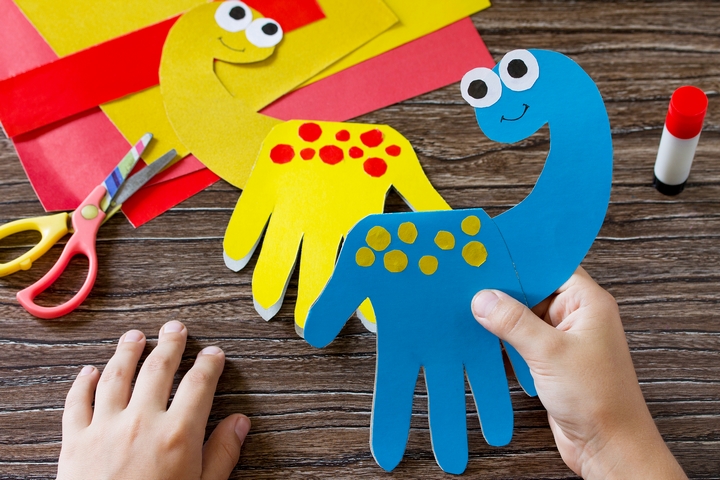
Dinosaur Hand
Make this cool dinosaur craft!
Additional Books
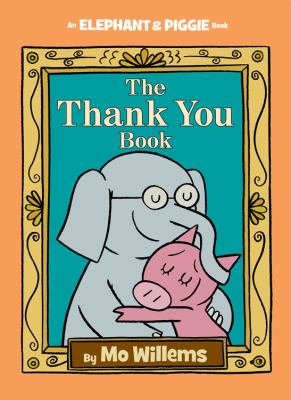
The Thank You Book by Mo Willems
Piggie is determined to thank everyone she knows, but Gerald thinks she will forget someone important.
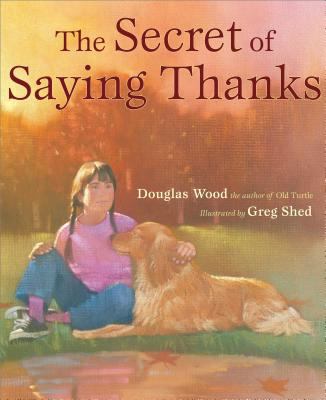
The Secret of Saying Thanks by Douglas Wood
While learning the secret to a good life, a child says thank you for the natural world and for being loved, because a grateful heart is always happy.
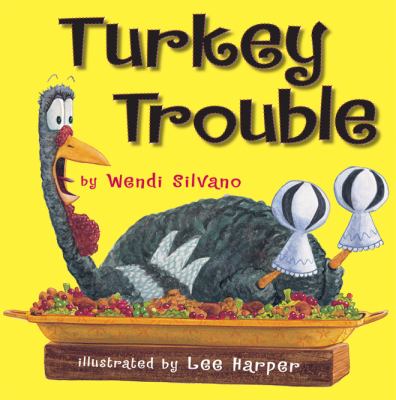
Turkey Trouble by Wendi Silvano
As Thanksgiving Day approaches, Turkey nervously makes a series of costumes, disguising himself as other farm animals in hopes that he can avoid being served as Thanksgiving dinner.


